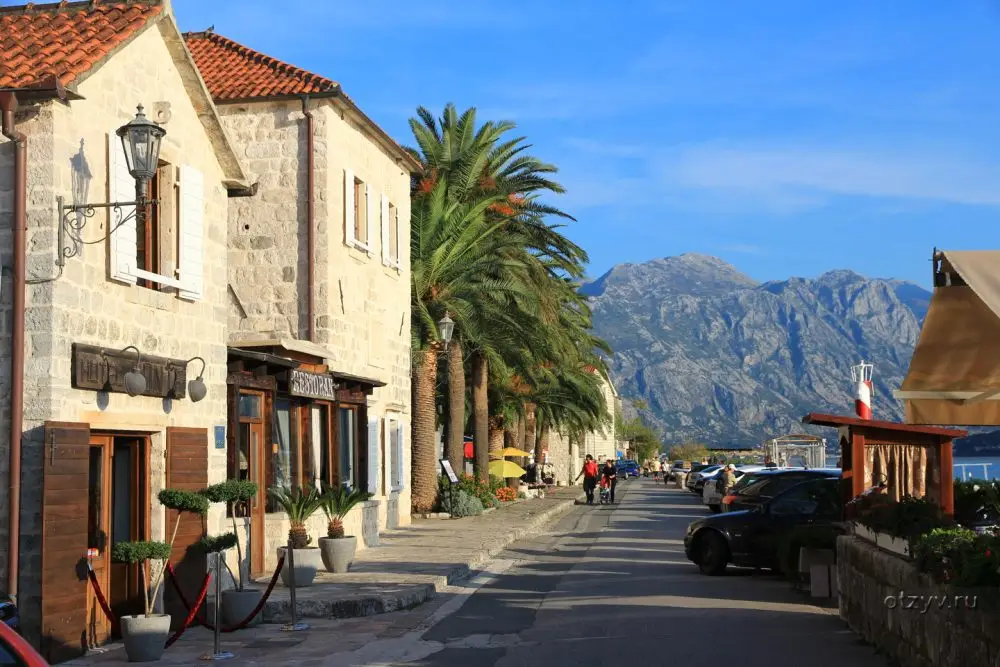Against the backdrop of a steady interest in real estate in the Adriatic region, the question of what luxury real estate is and which properties truly fit the definition is increasingly being raised. The analysis of the Montenegrin market becomes especially relevant, where the demand for luxury housing is steadily growing.
What is luxury real estate: key parameters
In the international market, premium-class housing is understood as properties with a set of unconditional characteristics: unique location, high construction quality, modern design, developed infrastructure, high level of security and privacy.

It is important to consider that the definition of luxury housing may vary depending on the location, region status, and buyer category.
Architecture and layout: differences between luxury and business class
One of the main factors defining luxury real estate is the unique layout reflecting an author’s approach. Such projects use expensive finishing materials, high-level engineering solutions including individual heating, smart home systems, sound insulation, as well as premium elevators and parking. Properties are complemented by spacious terraces, panoramic glazing, and high ceilings.
Role of surrounding area and internal infrastructure
For properties classified as luxury housing, the presence of well-maintained grounds with the work of a landscape designer, round-the-clock security, and video surveillance is considered mandatory. The adjacent infrastructure is an equally significant criterion. Inside the complex, you often find:
- fitness clubs with modern equipment;
- SPA centers with thermal zones;
- restaurants with premium cuisine;
- children’s areas and lounge spaces;
- pools, sunbathing terraces, beauty salons.
Understanding what luxury real estate is revealed through the concept of complete autonomy. The presence of these options creates a closed, comfortable environment for everyday living without the need to leave the confines of the residence. This format significantly enhances the investment attractiveness of the property!
Categories of luxury real estate
The Montenegrin market offers various types of luxury real estate, including:
- apartments in new residential complexes with direct access to the sea;
- houses on hillsides with panoramic views of bays and mountain ranges;
- apartments in hotel residences with access to internal services;
- historical villas reconstructed to modern standards;
- penthouses and townhouses with private relaxation areas, pools, and garages.
Each of these categories can become a full-fledged investment instrument provided they meet basic criteria of quality, location, and status.
Luxury real estate in Montenegro
Understanding what luxury real estate is also includes the country’s ability to offer unique conditions for investors. Montenegro demonstrates a successful combination of a maritime climate, a soft tax system, and relatively affordable prices by European standards.
In coastal regions such as Budva, Tivat, Kotor, and Herceg Novi, properties that meet international premium housing standards are concentrated, making the market particularly attractive to affluent buyers.
The Bay of Kotor deserves special attention—elite homes with unique architecture influenced by Venetian and Mediterranean styles are concentrated here. Local properties often include a private pier, garden, barbecue area, and separate water access. All these factors contribute to quality of life and attractiveness for investors!
Foreigners buying property in Montenegro
Montenegro’s state policy encourages foreign capital inflow into the real estate sector. Foreigners can purchase a house or apartment in their own name without restrictions, except for agricultural land. The process involves minimal bureaucratic procedures: only an identification number and a contract with a realtor or developer are required.
Understanding what luxury real estate is not only involves property characteristics but also the legal and migration opportunities it opens up. Investors acquiring premium-class housing gain the right to participate in investment programs with subsequent residency permit issuance.
Having a specialized lawyer handle the transaction becomes a mandatory part of the process: it is necessary to eliminate risks related to cadastral data, property ownership restrictions, and possible claims from third parties.
Investment potential in the luxury segment
Demand for investments in luxury real estate in Montenegro is steadily increasing. Several reasons account for this: stable price growth, limited supply, favorable price-to-quality ratio, and attractive rental conditions. With the development of tourist infrastructure, apartments and villas become popular among affluent guests for short and seasonal stays.
Considering that construction volumes in coastal areas are limited by landscape features and regulations, luxury housing demonstrates stable capitalization. An additional advantage is the low property tax and absence of capital gains tax upon sale.
Distinguishing premium housing from business class: signs of luxury real estate
For a clear understanding of what luxury real estate is, it is important to emphasize its key differences from business category properties:
- focus on individual architectural style;
- reduced number of units in the project (up to 20% of a standard building);
- lack of standard finishing and layout solutions;
- exclusive locations with high demand indices;
- presence of concierge service and internal service from the management company.
Luxury apartments not only meet living needs—they build the owner’s reputation capital, becoming an extension of status and personal space.

Conclusion
Understanding what luxury real estate is becomes a key condition for making investment decisions. Montenegro is an example of a market where a balance between European quality and unique cultural environment can be found without overpaying for the region’s brand.
Premium properties in coastal areas generate sustainable interest among buyers focused on comfort, status, and investment growth prospects!
 en
en  ru
ru  de
de  ar
ar  es
es  nl
nl  hi
hi  fr
fr  it
it  pt
pt  el
el 












